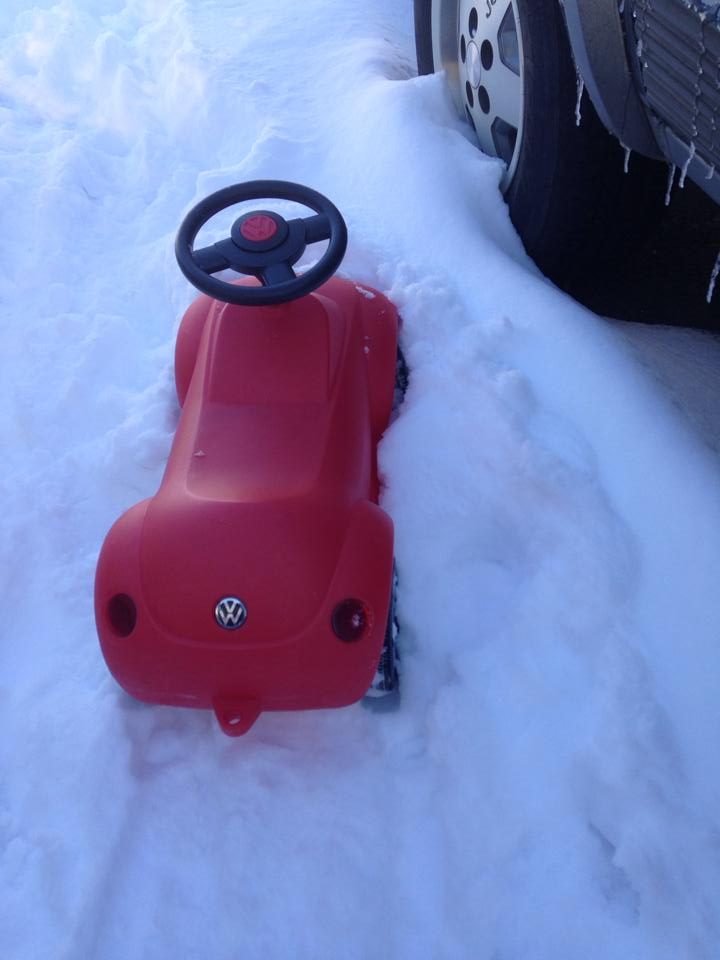Posted on 4/18/2018
Fuel costs are rising. Following are ways to save money at the pump. Check tire pressure at least monthly. Tire pressures are found on the driver’s doorjamb or in the owner’s manual. Pressures written on the tires are a maximum pressure, not the recommended pressure. Low tire pressure can reduce fuel mileage by 5 percent and create a safety hazard. Always check tire pressure when the tires are cold or cool, not after freeway driving. It is best to have your own tire pressure gauge. They cost less than $5. Drive smoothly, anticipate traffic lights, and refrain from quick starts. Act as if there is an egg under your gas pedal, and accelerate slowly. Watch the traffic lights ahead so you don’t have to use your brakes. Plan your route, and get to know the traffic lights. Every time you use your brakes, you waste en ... read more
Posted on 10/17/2017

Hard to believe that fall is right around the corner; time to get prepared for the rains and winter. Rain, snow, and ice all come with fall and winter. Your tires are your first line of defense between you and the road. Poor tires are just plain dangerous for you and the other people on the road. Make sure your tires are in good condition and are wearing evenly. Check your tire pressure, the pressure is determined by the automobile manufacturer, not the tire company. You will find your recommended tire pressure on the driver’s door jamb, glove box lid or in your owner’s manual. Coolant check, 50-50 mixture of antifreeze/water. That will bring it down to -34 the recommended level for winter and so the cooling system doesn’t corrode and rust. Battery check. A battery receives its electric energy from chemical reactions. The colder it is, the less power a battery has. And on top of this, a cold engine requires more power to crank it over. Cold weather is a ... read more
Posted on 2/20/2017

As modern vehicles get more advanced with modern luxuries and safety equipment, so do the challenges of diagnostic and repair. Most folks think you hook up the scanner and it tells you what is wrong. This is so incorrect, it doesn’t. It will sometimes give you an idea of where to start looking but very often digging in deep to consider all the remote possibilities is the only way we get to the answer. Newer vehicles have an incredible amount of information that is gathered from sensors placed around the chassis, brakes, engine, interior, transmission, even sun sensor on the dash to determine the best setting on you climate control. All of this information is feed into control modules or electronic control units (ECU) placed around the vehicle. Newer vehicles have many sensors and ECUs for safety equipment to help avoid crashes or surviving a crash a higher probability. These include anti-lock brakes (ABS), traction control, stability control and the air bags, air curtains sys ... read more
Posted on 9/16/2011
Save Money By Thinking Ahead One of my friends, Dan, who owns another auto shop, asked me to remind people that any all-wheel-drive vehicle must have tires replaced as sets of four, rather than in pairs. The rolling diameter needs to be the same on every tire for AWD cars, and if the diameter is different, there is the risk of ruining the transmission and differential unit. He had a customer who replaced only two tires and as a result had to pay for more than $3,000 worth of repairs. Front and rear tires usually wear at different rates, so by rotating them every 5,000 to 10,000 miles, all of your tires will wear out at the same time. This will make replacing all four tires less frequent and save you money. -George Rode